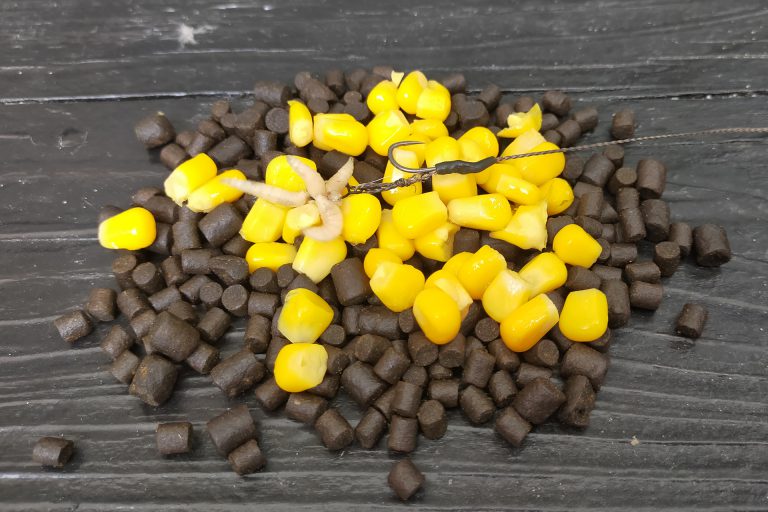Braided Line or Nylon: which is the Best Choice?
The choice between braided line and nylon has been a topic of discussion among anglers for years. Both types of lines have specific characteristics and advantages. Below, we’ve clearly listed the main points.
Advantages of braided line
- Highly abrasion-resistant
- No stretch, giving you direct contact with the fish
- High breaking strength, even with thin diameters
- Long lifespan
- Supple and less prone to kinking
Advantages of nylon line
- Lots of stretch, causing less damage to the fish’s mouth during strike or retrieval
- Nearly invisible underwater
- More economical to purchase
- Generally sits better on the bottom
- Suitable for many different knot methods
Which line is technically better?
Technically, braided line often performs better at greater distances from about 60 meters due to direct contact and higher breaking strength. When lifting the rod during a run, you don’t need to actively strike, which suits braided lines well.
However, many carp anglers still strike hard out of reflex in practice. Due to the lack of stretch in braided line, this can lead to damage or tearing of the fish’s mouth. Therefore, braided line is particularly suitable when you have good control over striking and retrieval.
Many carp anglers continue to prefer nylon because it’s more forgiving and often better for the fish’s welfare.
Our advice
When using braided line, always use a leader of at least 5 meters.
Do you have any tips or comments about this topic? Let us know!



